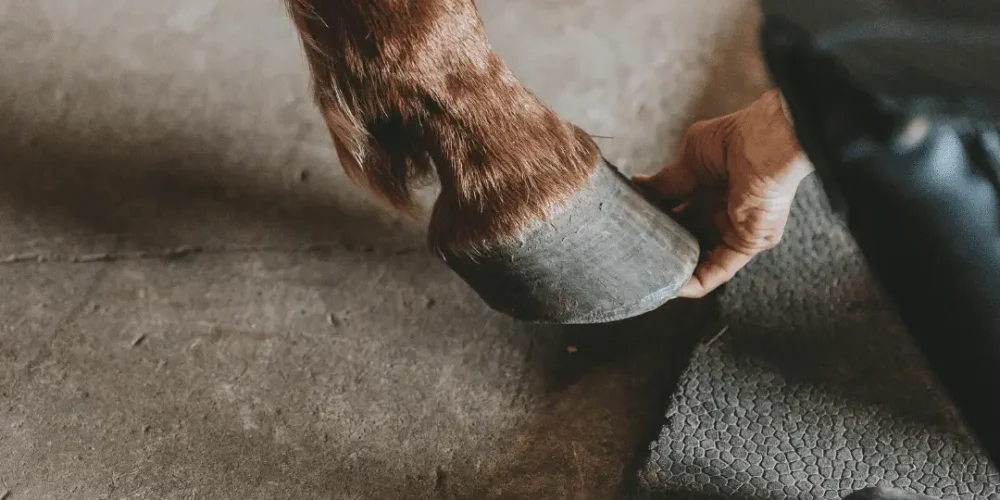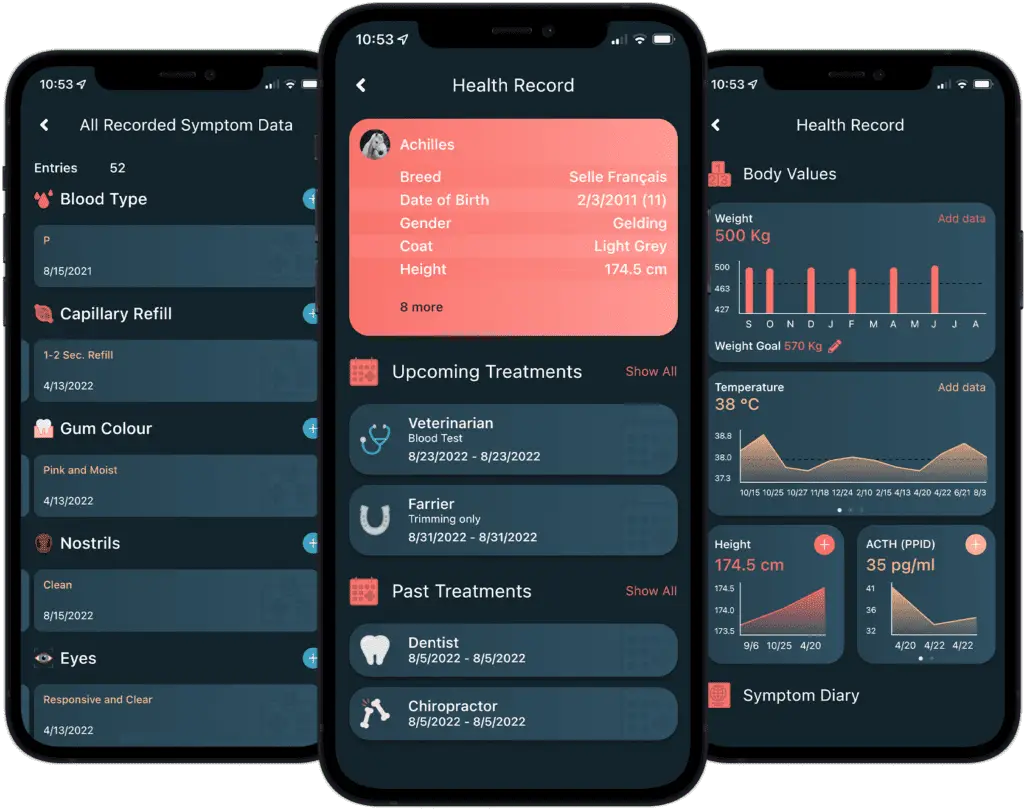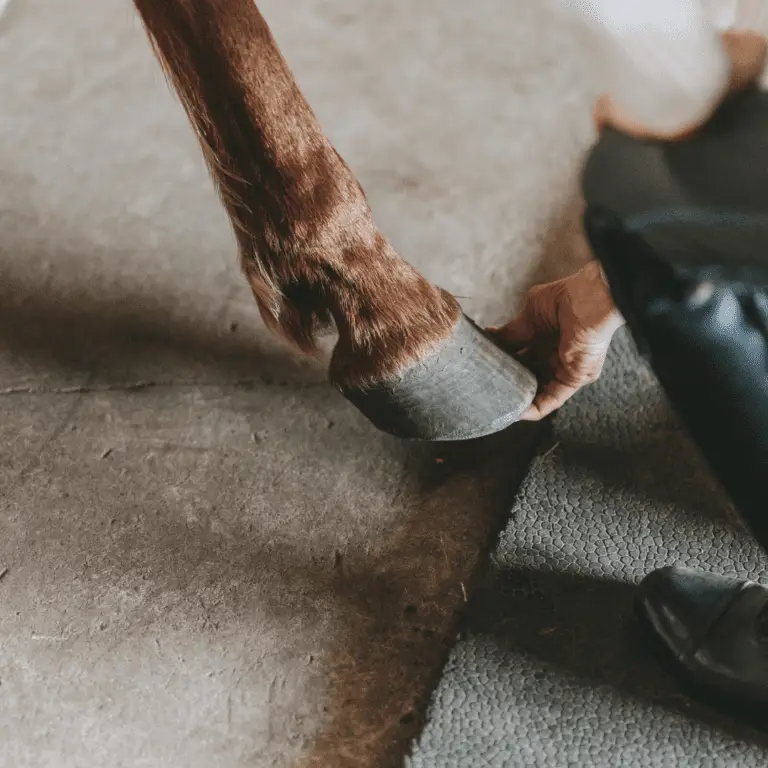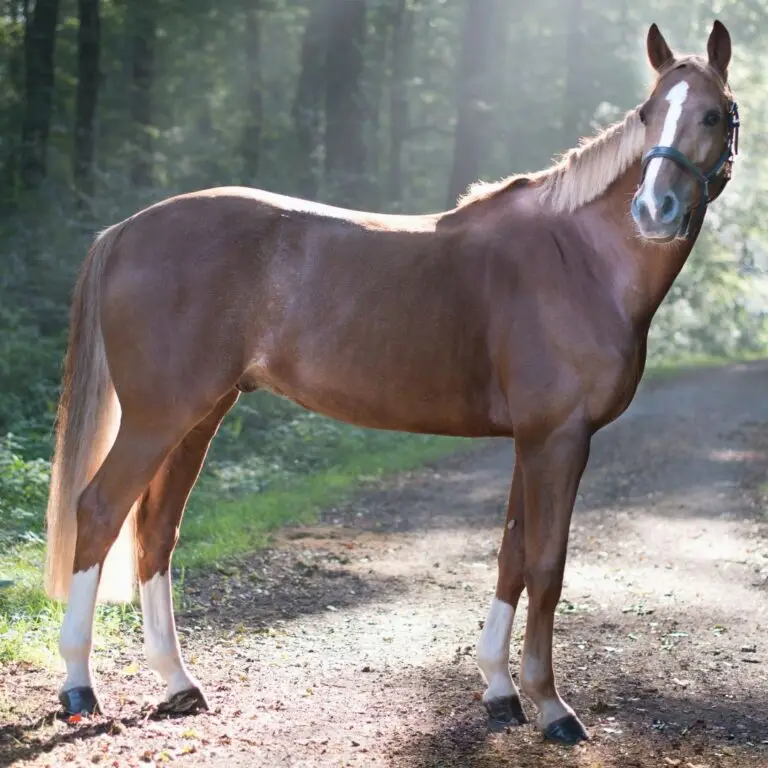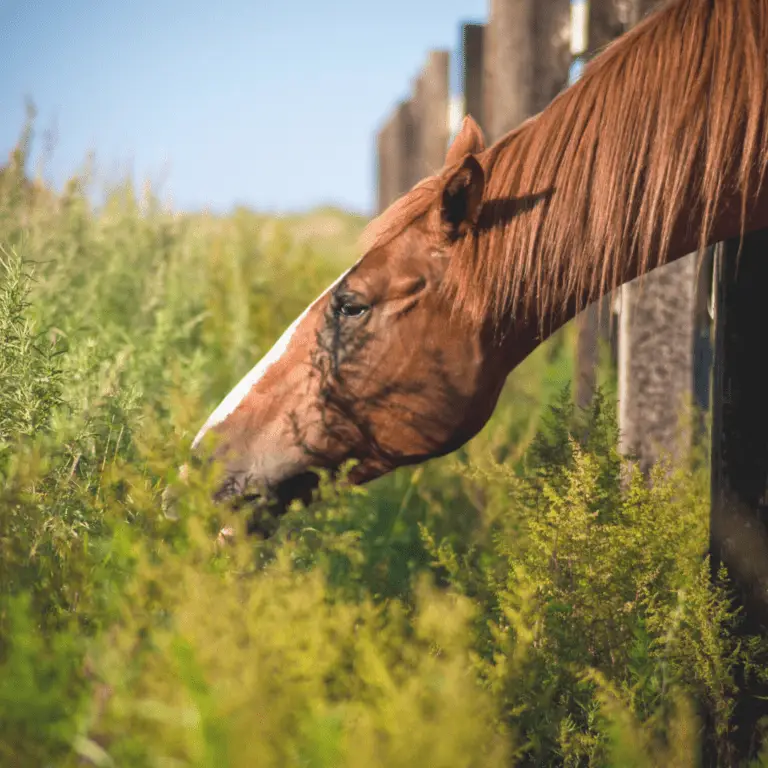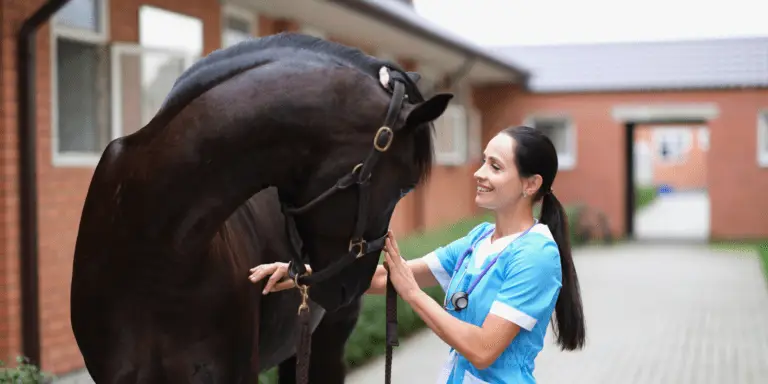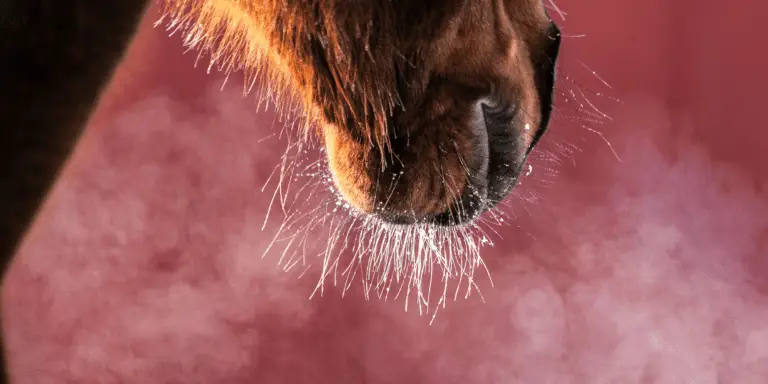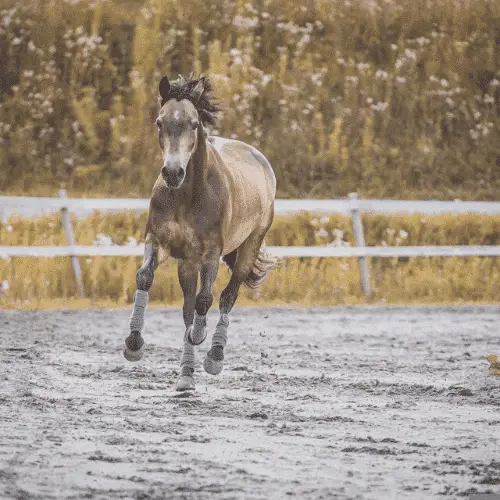
Active Stables for Horses
Constant Free Movement in Herds Can Help Against Obesity We always talk about how feed can affect a horse’s weight but feed is not the only thing that can and should be considered when helping a horse lose weight sustainably.

